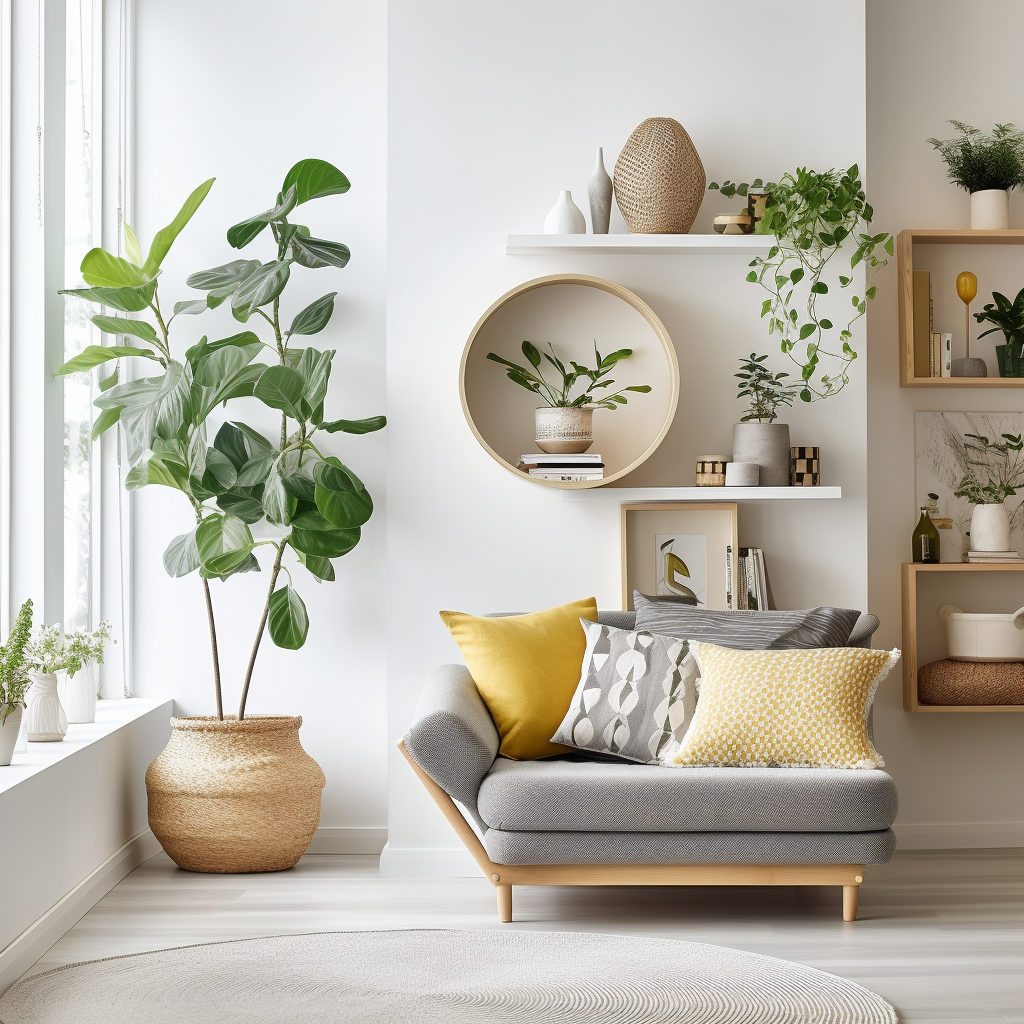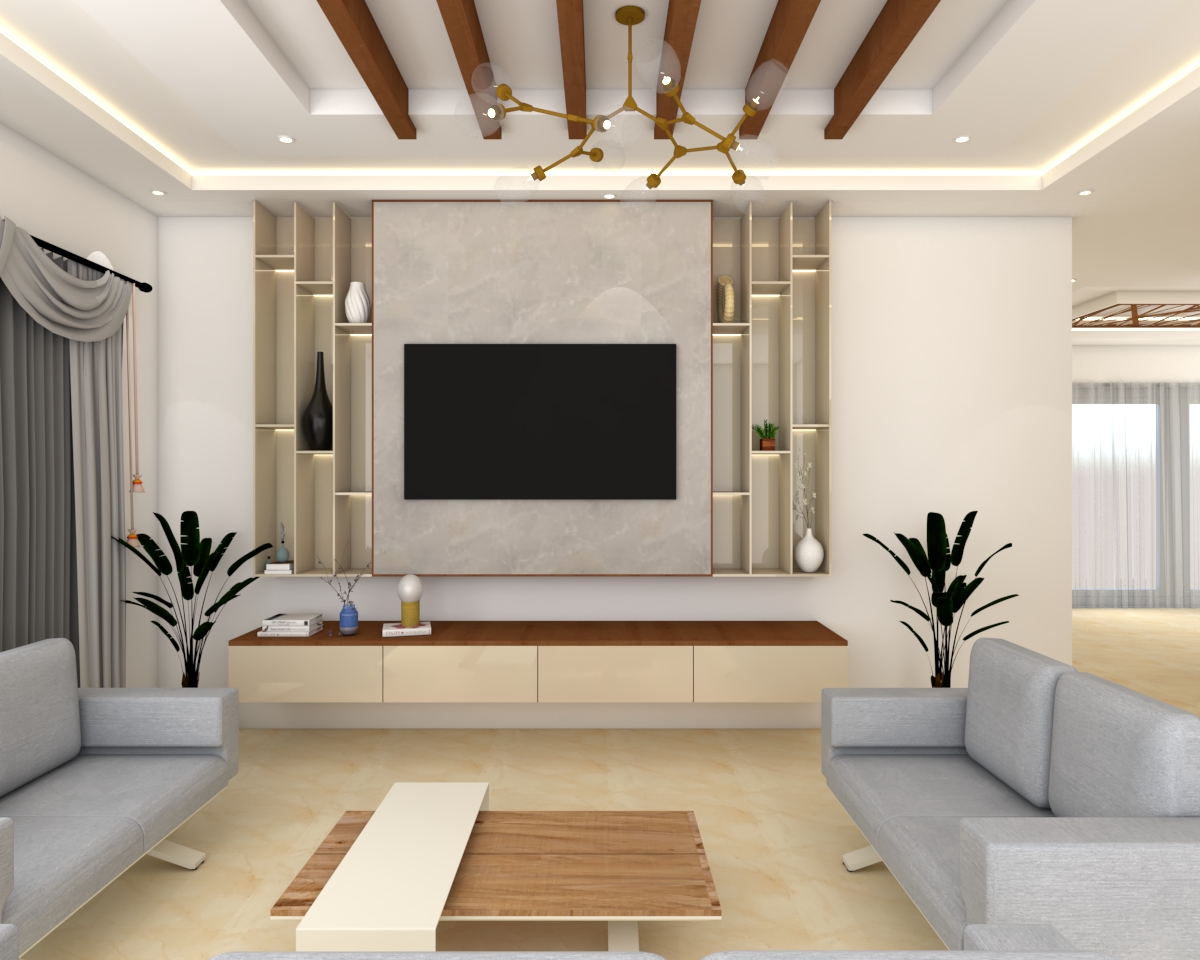Transform Your Space with Expert Interior Design Miami Solutions
Wiki Article
Why Recognizing the Concepts of Interior Layout Is Necessary for Effective Area Planning
Comprehending the concepts of interior design is basic to efficient area preparation, as it prepares for producing environments that balance performance with aesthetic charm. Important aspects such as flow, balance, and proportion are not simply decorative factors to consider; they are crucial in maximizing just how a room is made use of. When these principles are attentively applied, the outcome is an environment that encourages both productivity and health. Yet, several forget how these ideas intertwine with practical applications, causing missed out on possibilities in design efficacy. Exploring this connection discloses insights that might change any type of room.Importance of Room Planning
Area preparation is an essential aspect of interior decoration that substantially affects the capability and aesthetics of a space. It involves the tactical plan of furniture, fixtures, and building elements to optimize using available room while enhancing the overall user experience. Effective space planning addresses various elements, including flow, accessibility, and the certain requirements of the owners.Among the key advantages of area planning is its capacity to improve spatial efficiency. Interior design Miami. By attentively organizing a layout, developers can guarantee that every location serves an objective, reducing mess and advertising a feeling of order. In addition, appropriate area preparation cultivates an unified atmosphere, permitting seamless motion and interaction within a room
Moreover, successful room preparation thinks about natural light, sightlines, and the relationship in between various locations. This all natural technique not just boosts the aesthetic charm yet also adds to the well-being and efficiency of the occupants. Ultimately, a well-executed room plan contributes in creating a well balanced and inviting ambience, making it essential for any type of indoor design job.
Key Principles of Interior Style

One fundamental principle is equilibrium, which can be symmetrical, unbalanced, or radial. In proportion balance develops a feeling of order, while unbalanced balance supplies a much more vibrant aesthetic allure. An additional crucial concept is percentage and scale, making certain that the dimension of furniture and decor elements connect sympathetically to every various other and the general space.
Color concept also plays a substantial duty, impacting mood and understanding. Developers use color palettes to stimulate details sensations and enhance the spatial experience. Additionally, the concept of rhythm entails developing a feeling of movement via repetition of forms, colors, or patterns, guiding the eye throughout the room.
Finally, the concept of emphasis routes focus to prime focus, allowing for a clear story within the style. Interior design studio Miami. By sticking to these key concepts, interior developers can develop environments that not only meet functional requirements however also reverberate with the passengers on a psychological level
Effect On Functionality and Flow

The setup of furniture, the option of products, and the assimilation of technology all play important roles in accomplishing optimum performance. As an example, putting seating locations in distance to offices can promote interaction and collaboration, therefore enhancing productivity. Additionally, making certain that pathways are unobstructed and clear allows for effective movement, minimizing blockage and advertising a natural flow throughout the space.
Moreover, incorporating elements such as lights and color can better assist in delineating locations, making it easier for individuals to navigate their setting. Thoughtful area planning takes into consideration not only the physical aspects of style yet likewise how users interact with their surroundings. Eventually, a concentrate on capability and circulation not only enhances the customer experience but also raises the overall effectiveness of the area, developing an environment that meets the requirements of its residents while cultivating a sense of harmony and balance.
Enhancing Aesthetics and Mood
Three vital aspects-- appearance, color, and lighting-- play critical roles in boosting the aesthetic appeals and mood of an indoor room. Shade develops the psychological tone; warm colors like oranges and reds evoke power and heat, while cooler tones such as blues and greens promote calmness and serenity. Picking a harmonious shade combination can change an area, creating a visually appealing and natural setting.Structure includes deepness and passion, adding to the responsive experience within an area. A mix of appearances-- smooth surfaces, plush textiles, and all-natural materials-- can develop aesthetic intrigue and enhance convenience. Matching a soft velour couch with a sleek glass next page coffee table can create a well balanced aesthetic that welcomes interaction.
Illumination, frequently a neglected element, substantially influences mood. Natural light fosters an open, ventilated environment, while tactically positioned synthetic lighting can develop warmth and highlight building attributes. Dimmer switches enable versatility, enabling changes to fit numerous tasks or times of day.
Including these 3 components thoughtfully not only elevates the visual appeal of a room however likewise grows an atmosphere that reverberates with its desired function, inevitably improving the total experience for its residents.
Practical Applications in Real Life
Applying indoor design principles in actual life calls for a thoughtful strategy that integrates shade, structure, and lighting right into daily spaces. By understanding exactly how these elements function with each other, people can create environments that are not just visually appealing however additionally useful and unified.For example, in a small living location, utilizing a light shade scheme can make the area really feel larger and extra open. Strategic usage of mirrors can enhance all-natural light and produce an impression of depth. Integrating numerous textures through textiles, such as paddings and carpets, can add heat and interest without frustrating the detects.
Lighting plays a critical duty in defining the ambience. Split lighting, containing ambient, task, and accent choices, permits versatility in mood settings. In an office, for instance, a combination of natural light, desk lights, and decorative components can boost productivity while preserving a welcoming ambiance.
Additionally, understanding spatial connections and furniture setup can cause improved capability. By sticking to concepts such as equilibrium and percentage, one can make sure that rooms offer their desired function while staying visually pleasing. Generally, functional applications of interior style principles considerably enhance the livability and appeal of any type of environment.
Conclusion
Finally, comprehending the concepts of interior style is critical for efficient area planning, as it cultivates an equilibrium in between performance and aesthetics. By using crucial principles such as percentage, color concept, and circulation, developers can create atmospheres that improve both use and aesthetic allure. Ultimately, this knowledge adds to the growth of rooms that not only satisfy useful needs yet additionally raise the total ambience, leading to even more efficient and pleasurable experiences for customers.Recognizing the principles of interior design is basic to reliable area preparation, as it lays the groundwork for developing environments that harmonize functionality with visual charm.Room planning is a basic facet of indoor design that dramatically influences the capability and visual appeals of a space. In addition, proper room planning fosters a harmonious setting, permitting for seamless activity and interaction within a room.
Additionally, the concept of rhythm involves developing a feeling of movement through repetition of shades, patterns, or shapes, leading the eye throughout the room.
In verdict, recognizing the concepts of interior style is important for efficient room planning, as it fosters a balance look at this website in between capability and aesthetic appeals.
Report this wiki page